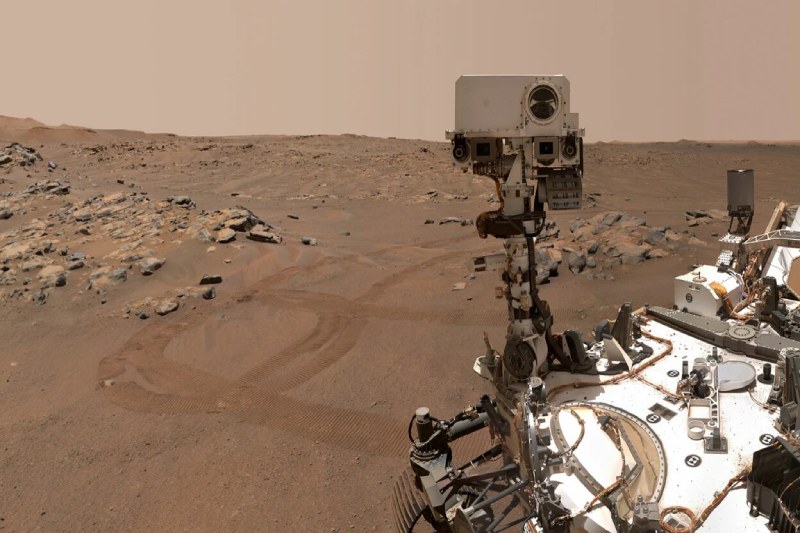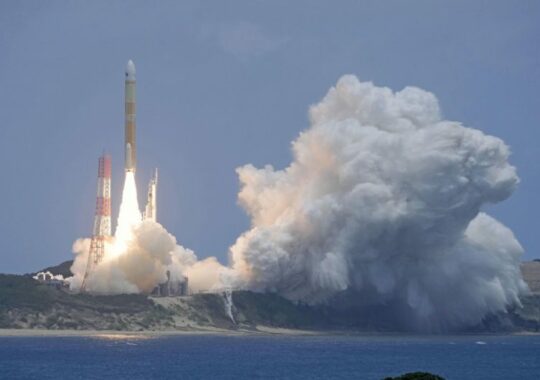Mars in the past wasn’t merely wet. There were significant floods there.
NASA recently unveiled a photo taken by its Perseverance rover that shows massive, huge stones completely covering a portion of the dried-up river delta known as the Jezero Crater—clear proof of this water-filled past.
“The rounded boulders seen here are believed to have been washed into Jezero Crater, which Perseverance is exploring, by strong flood waters billions of years ago,” NASA stated in a statement. “This occurred during one of three major periods that scientists have identified in the development of the lake and river system that occupied Jezero in the ancient past.”
Before breaking through the crater’s walls, plenty of water flowed through the level Martian plain known as Isidis Planitia some 3.5 billion years ago. Water flowed deep and fast enough at times to move all these stones.
Curiosity, the elder sibling of the Perseverance rover, has also discovered clear signs of significant water-related activities on Mars, some 2,300 miles (3,700 kilometers) from Jezero Crater. Mount Sharp on Mars was once home to enormous debris flows that threw stones the size of cars and mud down the mountainside, leaving behind a noticeable ridge.
Searching for possible evidence of extinct life on Mars is one of Perseverance’s main goals, even though there is currently no proof of its existence. However, the rover is looking in the right place if microbes have ever evolved on the Red Planet. Streams, rivers, and a vast lake with a width of 22 miles (35 kilometers) originally occupied Jezero. The moist soils of this area may have supported life, just as they do on Earth.
Additionally, the automobile-sized robot is gathering pure samples from the Martian surface. NASA hopes to conduct a thorough, up-close examination of these rocks and soils, as well as any potential contents. “Subsequent NASA missions, in cooperation with ESA (European Space Agency), would send spacecraft to Mars to collect these sealed samples from the surface and return them to Earth for in-depth analysis,” according to the space agency.





